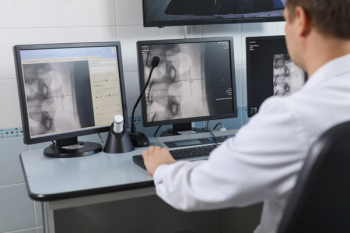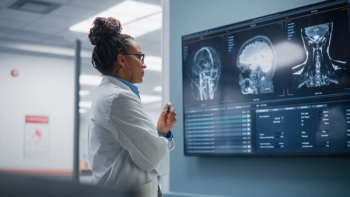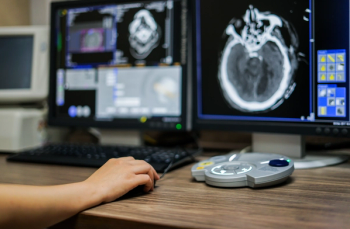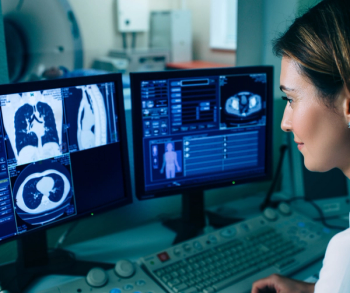
Having interests outside of one’s chosen profession provides more of a multifaceted perspective and potentially more door-opening opportunities in the future.

Eric Postal, MD, is a diagnostic radiologist with the University of Pittsburgh Medical Center.

Having interests outside of one’s chosen profession provides more of a multifaceted perspective and potentially more door-opening opportunities in the future.

Relief from looming reimbursement cuts, a PACS system that allows customized keyboard shortcuts and consistently relevant clinical histories are a few of the items on the wish list for this radiologist.

Lamenting the deteriorating quality of clinical histories that radiologists receive from referring clinicians, this author comically speculates about clinical histories one may see in the near future.

Taking the time to reexamine motivational priorities may be key to achieving an optimal work-life balance.

Building a career for the long haul requires a foundation of good life and work habits as well as an openness to innovation and change.

The ebbs and flows of worklists in radiology require equal parts productivity and preservation.

Do our assumptions and “satisfaction of search” prevent us from digging deeper on imaging reads?

Is due consideration of patient history, demographics, and previous imaging essential or a cheater’s crutch when assessing new imaging?

Rads will always have to deal with forces outside of their control, but it’s how we address those forces that makes us the type of radiologist we can be proud of.

In a world where “gaming supplements” are available for those obsessed with video games, could radiologists be the next target for snake oil “energy” concoctions of sugar and caffeine?

While artificial intelligence (AI) models have been acknowledged for aiding imaging analysis or facilitating workflow enhancements, this author envisions AI as a potential workstation conceierge capable of turning common venting and gripes into actionable items for significant improvements.

Addressing upgrades of traditional infrastructure used in everyday radiology practice may be a more practical use of resources than investment in artificial intelligence (AI) technology that is still evolving.

A teleradiology fellowship that offers an information technology (IT) component and dedicated time with teleradiology attendings to learn tricks of the trade with workstation navigation could go a long way toward reducing downtime and maximizing efficiency.

Navigating key logistical aspects, maintaining coverage contracts, and understanding the pros and cons of different reimbursement models are just a few of the topics that could make a teleradiology fellowship worthwhile.

Humility, perspective and refraining from hasty, emotional responses can go a long way toward defusing confrontations.

A little positivity and praise towards others can go a long way for how you assess and treat yourself, too.

Is quiet quitting just a complacent acceptance of low job satisfaction?

In lieu of a “finishing school” for rads, this author says subtle course correction can prevent descent into rabbit holes of negativity.

While a lack of detail with patient histories is a common challenge in radiology, a dash of humorous perspective can help build a sense of camaraderie among colleagues.

Consistently leveling with colleagues, patients and others can promote a relatively straightforward path to optimal goodwill.

Has an overly critical approach from quality assurance committees led to an overly cautious approach in reports from teleradiologists?

Comparing RVU output to the numbers of colleagues or even RVUs at previous jobs is often a futile exercise.

While the status of incentives, such as yearly bonuses or partnership track aspirations, can be a tricky conversation, ignoring it can be the tipping point for a radiologist’s exit to another practice.

Juggling a physician’s perspective and a layperson’s view can be a tricky juxtaposition at times.

With an evenhanded perspective, this author looks at the challenges and frustrations for both sides of the IT help desk line in radiology.

Does excess boilerplate verbiage hamper the review of radiology reports by referring physicians?

Weighing the pros and cons of W2 versus 1099 status, this author discusses the potential impact on retained earnings in radiology, retirement savings and the stress of April 15 and quarterly estimated tax payments.

Whether it is humorous associations with common terminology, oddities on X-rays or decidedly uncomfortable imaging findings, this author shares a few chuckles from his experience.

Do we settle for oblique truths more often than not to mitigate potential repercussions?

Amid a bevy of questionable referrals for X-rays and computed tomography (CT) scans, an unwavering due diligence prevents skepticism from giving way to cynicism and a possible missed diagnosis.